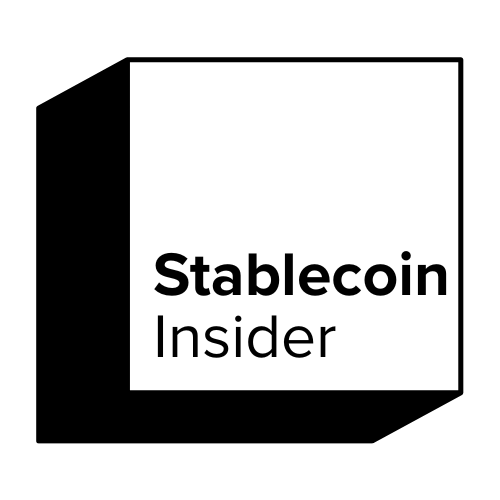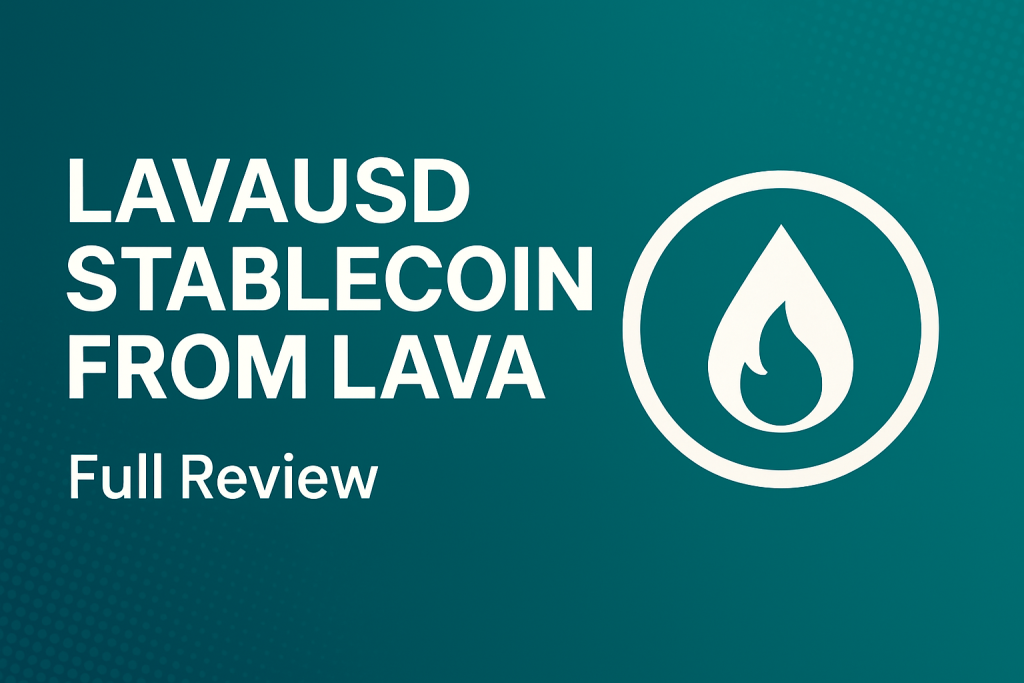Decentralized Finance (DeFi) has ushered in a new era of financial innovation, allowing individuals to access financial services without the need for intermediaries.
Among the many protocols contributing to this revolution, Lava stands out as a robust platform that offers a wide array of DeFi products, from lending and borrowing to staking and asset management. A key element of the Lava ecosystem is its native stablecoin: LavaUSD (LUSD).
LavaUSD is designed to be a reliable, decentralized, and overcollateralized stablecoin that maintains a 1:1 peg to the US dollar. In this article, we’ll take a comprehensive look at LavaUSD—what it is, how it works, its advantages, use cases, and what the future holds for this promising stablecoin.
What is LavaUSD?
LavaUSD (LUSD) is a decentralized stablecoin created by the Lava protocol. Like other decentralized stablecoins such as DAI, LavaUSD aims to provide users with a digital currency that holds its value against the U.S. dollar, while maintaining decentralization and transparency.
Unlike centralized stablecoins like USDC or USDT, which are backed by fiat reserves held by a central entity, LUSD is backed by crypto collateral held in smart contracts.
Key Features of LavaUSD:
- Overcollateralized: Users must deposit more than $1 worth of collateral (typically ETH or LAVA tokens) to mint $1 of LUSD.
- Decentralized: There is no central authority issuing LUSD. All issuance and redemption are handled via smart contracts.
- Pegged to USD: Designed to maintain a 1:1 peg to the U.S. dollar through algorithmic and market mechanisms.
- Transparent: All transactions, collateral levels, and governance decisions are visible on-chain.
Comparison with Other Stablecoins:
- DAI: Similar in being overcollateralized and decentralized, but backed by a broader range of collateral.
- USDC/USDT: Centralized stablecoins with lower transparency and censorship risks.
How LavaUSD Works
Collateralization Mechanism
To mint LUSD, users must deposit crypto assets—primarily ETH or LAVA—into a smart contract. The protocol enforces a collateralization ratio (e.g., 150%), which means that for every $1 of LUSD minted, the user must deposit at least $1.50 worth of collateral. This overcollateralization helps ensure the stability and solvency of the protocol even during periods of market volatility.
Minting and Burning Process
- Minting: When a user deposits eligible collateral into the protocol, they can mint LUSD up to the allowed limit based on the collateral ratio.
- Burning: To retrieve their collateral, users must repay the LUSD they minted, effectively burning it. This dynamic keeps the supply of LUSD in check and maintains its peg.
Stability Mechanisms and Peg Maintenance
LavaUSD maintains its dollar peg through a combination of:
- Market arbitrage: Traders buy LUSD when it falls below $1 and sell when it goes above, bringing the price back to parity.
- Liquidation mechanisms: If a user’s collateral falls below the required threshold, the position is liquidated to maintain system solvency.
- Incentive structures: The protocol may offer incentives such as staking rewards or lower fees to encourage participation and stability.
Smart Contract Infrastructure
All minting, burning, and collateral management are governed by Ethereum smart contracts. These contracts are audited and publicly available, ensuring transparency and reducing the risk of manipulation or fraud.
Unique Advantages of LavaUSD
Decentralization and Censorship Resistance
Unlike centralized stablecoins that can be frozen or censored by the issuing company, LUSD operates entirely on-chain. This makes it ideal for users who value financial sovereignty and want to avoid reliance on centralized custodians.
Risk Management Through Overcollateralization
Overcollateralization provides a buffer against market volatility. Even during extreme price swings, the system can remain solvent, minimizing the risk of a stablecoin depegging event.
On-Chain Transparency
Every transaction involving LUSD, including collateral ratios and liquidation events, is publicly viewable. This level of transparency builds trust within the DeFi community and allows for real-time auditing.
Ecosystem Integration
LUSD is deeply integrated into the Lava protocol. It can be used in a variety of DeFi applications such as:
- Lending and borrowing
- Yield farming and staking
- Payments and remittances
- Liquidity provision across DEXs within the Lava network
Use Cases and Adoption
Lending, Borrowing, and Yield Farming
Users can borrow LUSD against their crypto assets and use it for yield farming opportunities within the Lava ecosystem or in other DeFi platforms. This allows for capital efficiency without needing to sell their underlying assets.
LavaUSD as a Payment Method
With its stability and on-chain nature, LUSD is ideal for peer-to-peer payments, merchant transactions, and remittances. Businesses and freelancers operating in the crypto economy can accept LUSD as a trusted medium of exchange.
Interoperability with Other Protocols
Thanks to Lava’s focus on composability, LUSD is designed to be compatible with other DeFi protocols and DApps. This interoperability enhances its utility and encourages broader adoption.
Potential Partnerships or Integrations
Lava is actively working on partnerships with other protocols and platforms to expand LUSD’s reach. These include integrations with decentralized exchanges (DEXs), wallet providers, and payment processors.
Risks and Challenges
Collateral Volatility
Because LUSD is backed by volatile crypto assets, sharp market downturns can trigger liquidations. Although the system is designed to handle such scenarios, extreme events could impact the stablecoin’s stability.
Smart Contract Vulnerabilities
Like any DeFi protocol, Lava is subject to the risks associated with smart contract bugs or exploits. Regular audits and community oversight are essential to mitigate these risks.
Market Competition
LUSD enters a crowded market with well-established competitors. To succeed, it must offer unique value propositions and cultivate a loyal user base.
Future Outlook
Roadmap for LavaUSD and Lava Protocol
The Lava team has outlined a roadmap that includes:
- Expanding the list of accepted collateral types
- Launching a DAO governance model
- Improving user interface and mobile accessibility
- Cross-chain support for LUSD
Governance Improvements
Future updates will introduce decentralized governance mechanisms, allowing token holders to vote on protocol parameters, upgrades, and the addition of new collateral assets.
Potential for Market Leadership
If LavaUSD can continue to grow its ecosystem, maintain stability, and build trust, it has the potential to become a leading DeFi-native stablecoin—particularly for users seeking a censorship-resistant alternative to centralized coins.
Conclusion
LavaUSD is more than just another stablecoin; it represents a thoughtful blend of decentralization, security, and utility.
By leveraging overcollateralization, transparent smart contracts, and deep ecosystem integration, it addresses many of the shortcomings seen in both centralized and decentralized stablecoins.
As DeFi continues to evolve, stablecoins like LavaUSD will play a critical role in enabling new forms of financial interaction.
For users who value transparency, composability, and resilience, LavaUSD offers a compelling alternative that stands out in the increasingly crowded stablecoin landscape.
Read Next:

